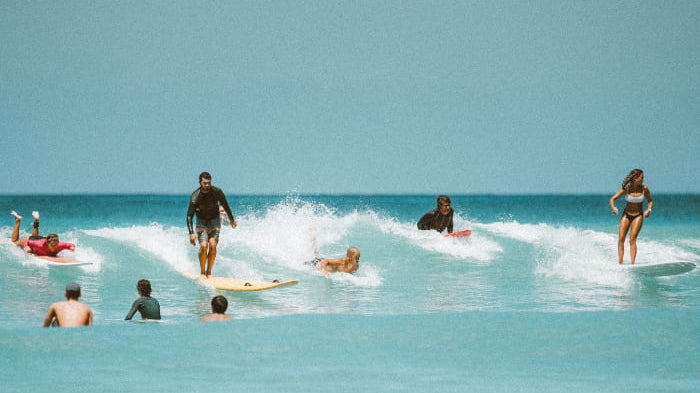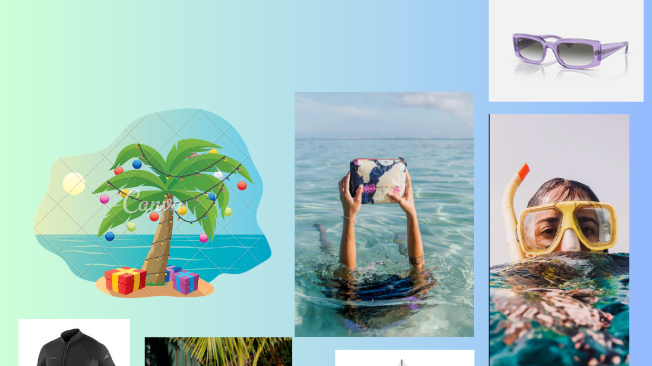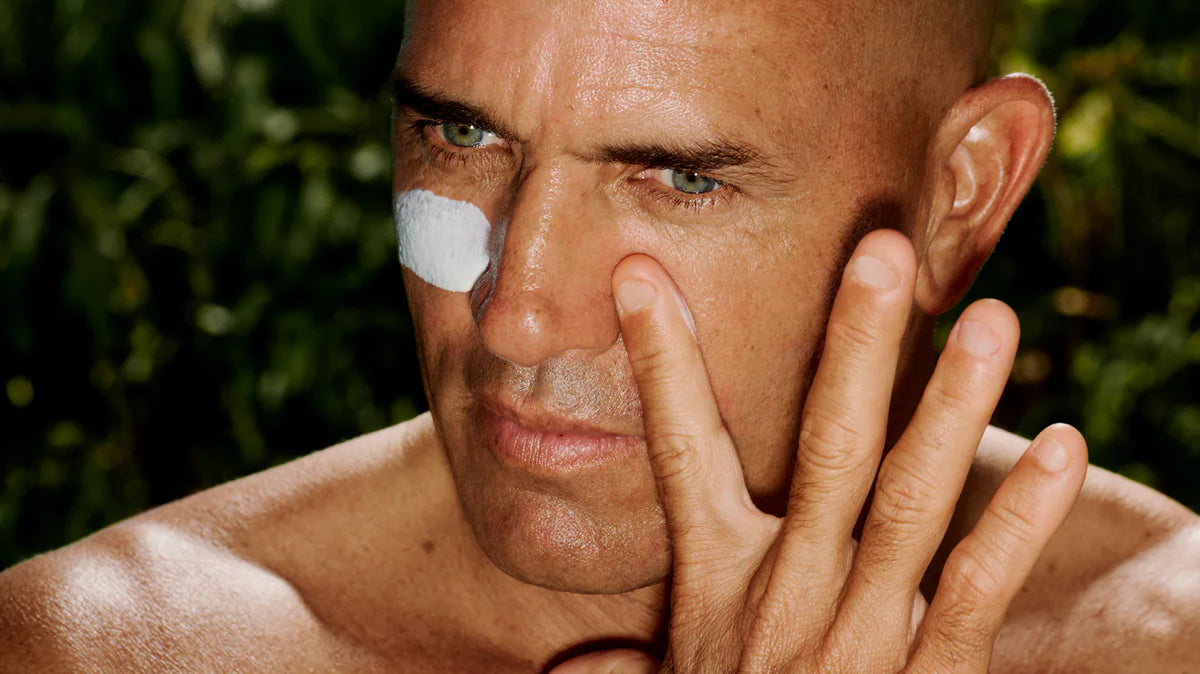A good day at the beach has been proven to benefit your mind, body and soul. But, summer news of a sea lice infestation at Pensacola Beach, red tides, and algae blooms are putting a major damper on many a beach-goers day.
WHAT ARE SEA LICE?
Sea Lice are “about the size of a pinhead and float on the surface of ocean waters.” so they are virtually invisible to the naked eye. These baby jellyfish thrive in warm, salty waters like those at our local beaches. Worst yet, these tiny little creatures can sting and cause an intense red, itchy, and inflamed rash on the skin.
Sea lice, also called “seabather’s eruption” or “swimmer’s itch”. And, they have been infiltrating Florida waters for the past 11 years. They’re generally active during the months of March through August. Contrary to what you might think, sea lice aren’t actually little insects, but the larvae of jellyfish. Friction tends to cause these tiny jellies to sting. This is why surfers are more prone. Sea lice rashes are also typically found on parts of the body covered by swimming caps or bathing suits.
Sea lice stings cause red welts and small blisters. In severe cases, symptoms can include flu-like symptoms like headaches, nausea, chills, fever, muscle spasms and vomiting. What’s worse is that these symptoms usually do not show up until about 24 hours after exposure. The stings can often go unnoticed while they are taking place (although some people report a slight stinging sensation while in infested waters).
SO WHAT CAN YOU DO?
1. If the flag is purple, be warned!
If flags or warnings are present on any beaches you visit, it’s definitely a good idea to avoid the water.
2. Wear minimal clothing!
Since skinny dipping is not condoned on our beaches, where a bathing suit only. Avoid extra layers, like a t-shirt since these little jellies like to stick to clothing causing worse stings.

4. Take a shower!
Since sea lice trapped under bathing suits and t-shirts, lying on the beach or sitting around in wet suits and clothes can cause more severe reactions. Rinse off in the shower before you leave the beach. Take it a step further and change into dry clothing after you rise off and head home.

5. Protect that skin!
There is some evidence that sunscreen may also help protect against sea lice stings as they have a harder time penetrating the skin through that layer of lotion. Plus, you will preventing sun-damage. So grab some reef-safe lotion from Island Water Sports before heading to the sand.

HOW TO TREAT THE STING:
1. IMPORTANT:
See your doctor if you’re experiencing a severe reaction!

2. Stop the itch!
Applying antihistamines and hydrocortisone creams can treat the itchiness and rash that result from sea lice exposure. For children, bathing in colloidal oatmeal and applying calamine lotion can help reduce rash and itchiness.

3. WARNING!
If you scratch, the Sea Lice rash can spread. So sit on those hands, cut those nails, and practice extreme self control.




